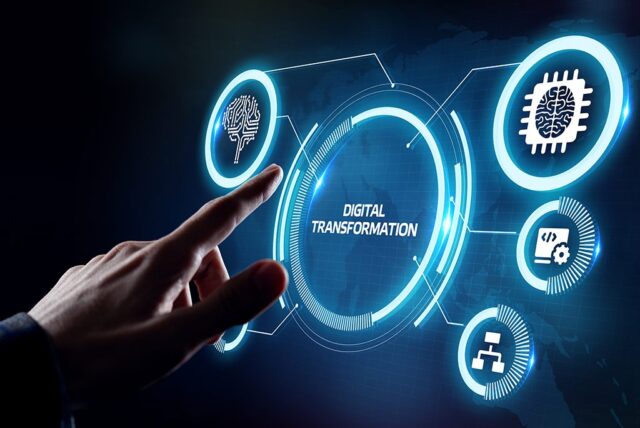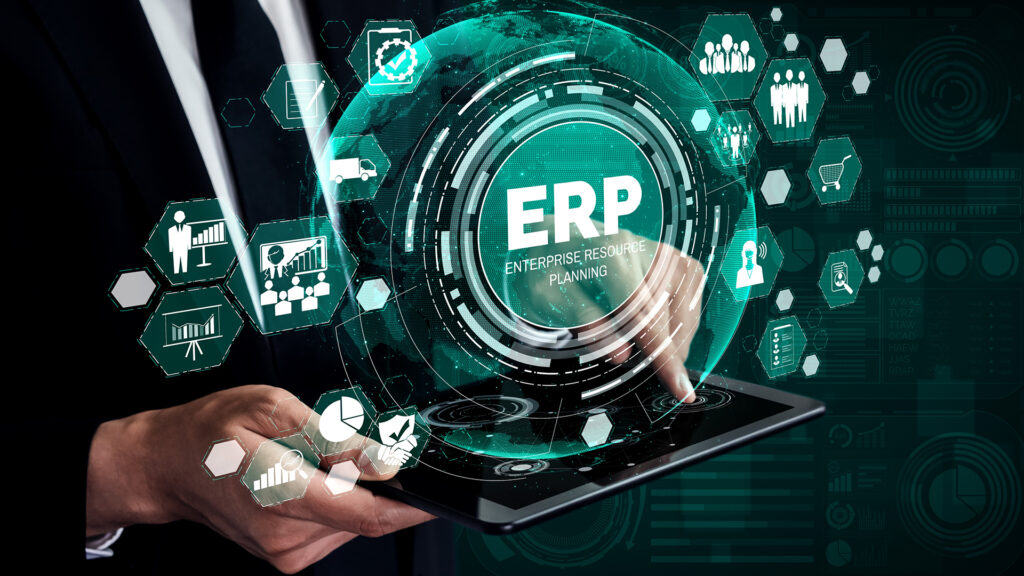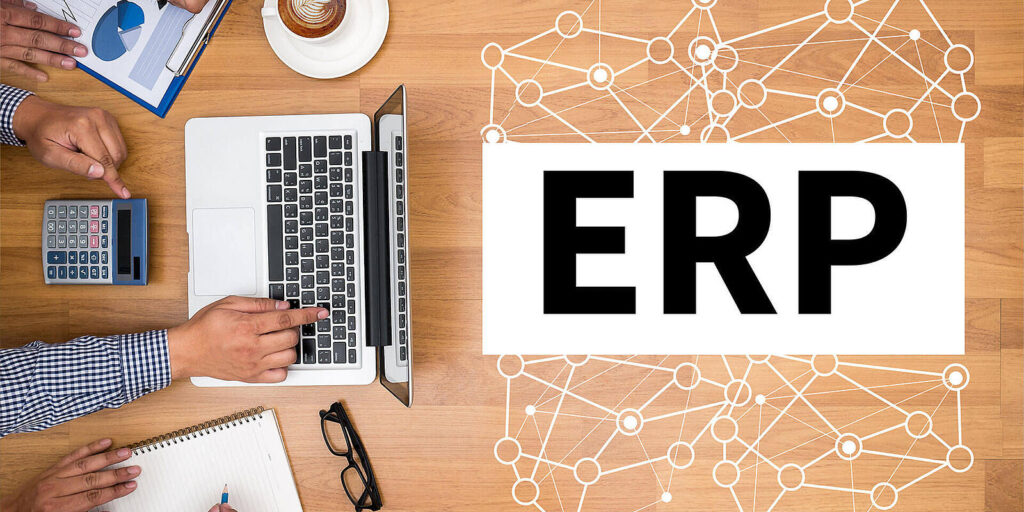
Digital transformation became a very frequently used buzzword during the last decade. Since the internet had been around long enough and had become widespread with services like Spectrum internet, new technology and roles began to emerge. While many businesses preferred to do things their own way, many more saw the potential for success when using digital technology in the workplace.
This is where the slide to digital transformation began. But it was still slow going for a long time until the start of this decade. Tragically, a pandemic has been by far the most effective catalyst to helping digital transformation pick up the pace. This blog explores the challenges and trends a business can face in one key area of digital transformation: ERP implementation. Read on to find out more.
Digital Transformation Challenges In ERP Implementation

As each day following the pandemic passes by, it is very obvious to everyone that most businesses still surviving and trying to recover are doing so with a reliance on digital technology. The need for digital transformation is not academic anymore, it is a reality. Therefore, in order to survive, it is crucial for your business to step up its digital transformation efforts as well.
One of the first steps in any company-wide digital change is creating and implementing an ERP system that meets your needs.
The ERP system itself plays a key part in triggering, managing, and sustaining continuous digital transformation. However, since it is usually a very sophisticated system with specialized use cases, you can expect to run into several roadblocks during the implementation phase. These may be as a result of changing digital trends and business needs. So it may be a good idea for you to have some understanding of what to expect from your ERP implementation.

The Role ERP Plays in Digital Transformation
Digital transformation is a blanket term for businesses that start moving key business processes or even support processes to digital operations. In most cases, businesses make use of the most disruptive and promising technologies that are already shaping the industry and workplace around them. A great example of digital transformation is evident in the rise of ride-hailing services like Uber or Lyft. Cabs, subways, and buses have been a core part of urban travel for decades. Especially if you can’t afford your own vehicle.
However, owning a vehicle itself can be expensive and frustrating, given parking problems, traffic jams, car maintenance, and so forth. Ride-hailing companies identified pain points for both car owners and ride hailers, and delivered a first-of-its-kind solution digitally to both. A smartphone app conveniently connects you to the nearest driver, and you pay a precisely calculated fare based on a number of factors. The ease and convenience saw a massive rise in ride-hailing, threatening even old-school fixtures like NYC’s taxi services.

But digital technology also offers a lot more value in the data you can extract from your operations and analyze to identify ways that processes can be improved or made faster. In the business world, an ERP system will usually serve as the cornerstone of an enterprise-level digital change.
How Does an ERP System Aid Digital Transformation
The correct use of an ERP system can be instrumental in speeding up your digital transformation. An ERP system that has been effectively deployed and implemented can help transform several different processes such as your supply chain management, HR, accounts, and stock management, all in one system. Today, there are ERP systems tailored and made for every industry from pharma and construction to food and beverage erp software.
The extent of what an ERP system can and cannot do will depend on the size and nature of your business, and how much you are willing to invest in a digital transformation that helps your business stay relevant and ensures continuity. Here are a few ways an ERP system implementation may help with many business challenges that you already face.

Smarter Tools and Processes
Businesses depend on the productivity and efficiency of employees, teams, and departments. However, in many cases, their productivity could be limited by the outdated tools and systems they currently use. An ERP system can offer the tools and process management workflows your workers need to maximize both their productivity and efficiency. This will transform your existing processes into highly streamlined digital ones that can accomplish much more.
Cloud ERP for Easier Access
Of course, the conventional on-site workforce isn’t feasible under the COVID-19 pandemic. Remote working technology has been around for several years and is only being made use of now in order to manage remote operations and workforces. However, businesses need more structured systems in place for eventualities like these, when the majority of your workforce isn’t on the premises.
Cloud-based ERP solutions overcome this roadblock using fairly common technology that we have been using for many years.

Cloud services allow remote workers to access their relevant dashboards and workflows without necessarily having to come into the office. As your digital transformation progresses, you may find yourself moving to a more permanent remote working model.
Integrate With Other Systems
A standalone system is not useful in the modern-day workplace, even if it was a few years ago. Workplace technology needs to be seamless for operations to proceed smoothly. That means any major digital changes should take legacy systems and information into consideration. An ERP implementation can often integrate most business legacy software into the new system. With near-seamless integration, you can easily migrate data and processes to the digital platform, with minimal lead time and process delays.
Add-On Capability

A static and rigid business system is doomed to failure. Businesses cannot keep investing in a new system only for it to prove too limited for growing needs in the future. That is why the right ERP implementation includes room for businesses to add on different functions to the original ERP solution. Most ERP systems support add-ons like SalesForce and other CMS that allow businesses to accomplish much more using the same system. And since these add-ons see frequent updates, you can be sure obsolescence is a smaller concern.
The Bottom-Line Benefit
The biggest benefits by far that ERP systems offer are scalability and improved efficiency. With more efficient workflows, your business can deliver better results at lower costs. At the same time, the resulting profits usually drive business growth, which means bigger operations and more resources. The same ERP system can be scaled to adjust for changing business needs, and save the business development or infrastructure overhaul costs for many years.







